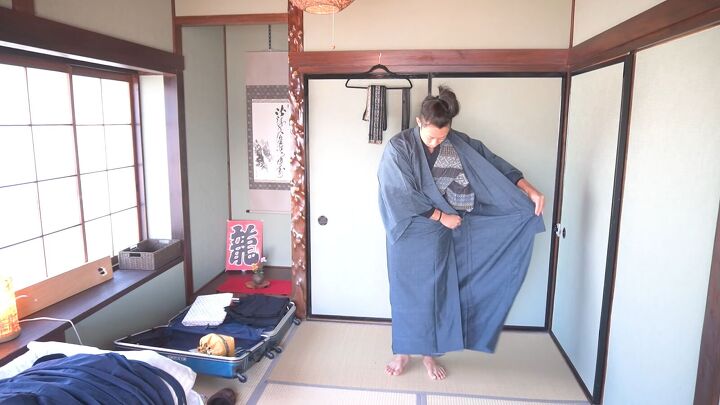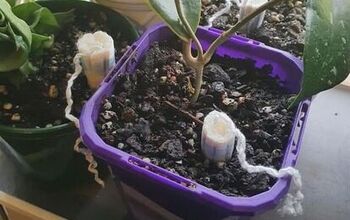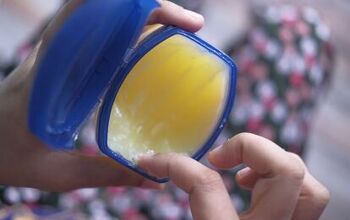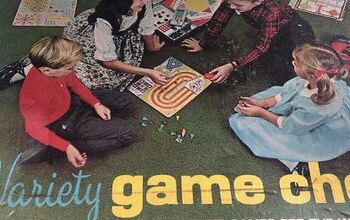7 Minimalist Traditions & Customs for New Year in Japan

Today, I want to share a couple of days in my life, introducing seven things and customs related to New Year in Japan. In my opinion, these customs are largely connected to minimalism, and we can learn a lot from them. So how does Japan celebrate New Year’s?
1. Kimono
During the New Year holiday, I normally stay at my parents’ house. On January 1st, I will start my day with running, which is part of my everyday morning routine. I like doing it very early, at 5am, when there is no one around and I can enjoy the fresh air alone.
Then I will do my workout, and afterward, I will take a cold shower and change into a kimono. It is one of my family's traditions to wear kimono on New Year's Day. Unfortunately, not so many people in Japan wear kimono anymore.
Kimonos are said to be very eco-friendly because the premise of a kimono is being recyclable. Unlike Western clothes, kimonos are very loose and can be adjusted to fit many different body types.
Moreover, since it is made of one roll of cloth, a kimono can easily be rearranged into something else – you just need to unravel the seams, and it will turn back into one long cloth. Therefore, it is common for three generations in a family to wear the same kimono.
2. Shrines
Japanese normally visit a shrine during the New Year, so I will be going to a local shrine as well. Shrines are structures connected to the Japanese religion of Shintoism.
One of the most important principles of Shintoism is cleanliness. Therefore, the inside of the shrine is kept very clean and pure, and it has a sacred atmosphere.
My foreign friends often say that no matter where you go in Japan, it is very clean and organized. Why is that? I think that the reason is that cleaning customs are deeply rooted in Japanese people.
In my opinion, the idea of keeping every place clean also connects to minimalism. By the way, Japanese people think if they clean the toilet well, a toilet god will grant them good luck and beauty.
3. Osechi
When I get home, the table will be set. In Japan, we normally eat a traditional meal called osechi during the New Year. It combines many different kinds of food, all colorful, and is actually very delicious.
But that is not all. All the food is made to stay fresh for several days. The rationale behind this is to allow mothers, who are traditionally busy cooking every day, to take a break for the first three days of the new year.
In other words, osechi is a custom of minimizing the number of work mothers usually do. By the way, many fathers cook these days as well.
4. Visiting a Buddhist altar
In Japan, after eating osechi, I have to pay my respects to my ancestors at the Buddhist altar. A Buddhist altar is like a small temple inside the house. When paying respect, we hit a bell called Rin.
Then we naturally stop thinking about anything and feel Zen, which is very peaceful. For me, visiting a Buddhist altar is a time to forget about the stress of daily life.
5. Cleaning custom
After visiting the altar, I will do a big clean up in my room. In Japan, there is a custom of doing a big cleaning in your house once a year, normally at the end of the year. It is similar to spring cleaning.
During this cleanup, you can throw away unnecessary items and organize your space thoroughly. I think this is a great opportunity to start one’s minimalist journey.
It took me almost the entire day to clean up the room, and at night I fell asleep while thanking the bed.
6. Tatami mat
On January 2nd, I will do my morning routine and change into kimono, before going to see my grandma. My grandma's house is a Shinto sect of the Tenrikyo Church, which is uncommon. Inside it is very spacious.
For me, tatami is an essential part of a minimal life. If you have a tatami floor, you don't need a mattress or a carpet. You can sit and lay down comfortably on the floor.
Therefore, I would like my future home to have rooms with tatami mats. When I get home, my whole family will get together to eat sushi and catch up, sitting on tatami mats around the table.
To be honest, my parents’ house is not very minimal, like most Japanese households. For me, as a minimalist, it can be overwhelming.
However, because my parents are the heads of the family, my relatives get together here for special occasions. This means, of course, that there are many preparations required on our end, and many things are essential for hosting, which is one of the reasons the house is so full of stuff.
When I finished cleaning my room, it felt a bit empty, so I decided to bring in a kotatsu - a table with an electric heater attached to the bottom. A kotatsu is great to welcome guests because it's warm and cozy.
7. Tea ceremony
After the meal, I will be making matcha for my family. The most common tea ceremony is called Hatsukama, but I prefer the casual style.
I believe tea ceremony teaches us many important minimalist principles. It is about making matcha with minimal tools and minimal movements. It looks complicated but is actually simple.
Sen no Rikyu, who created the tea ceremony 500 years ago, said: “What you should know about “chano-yu” is just to boil water, make tea and drink it”. I think tea ceremony is the most simple and beautiful way of making tea.
Minimalist New Year in Japan
These were seven minimalist Japanese New Year traditions. I hope this list helps you with your minimalist journey even a little. What New Year traditions does your culture have? Let me know in the comments.

























Comments
Join the conversation
Love your video. Love more of this and also Japan art of placement, gardens and design & customs. Love it !!